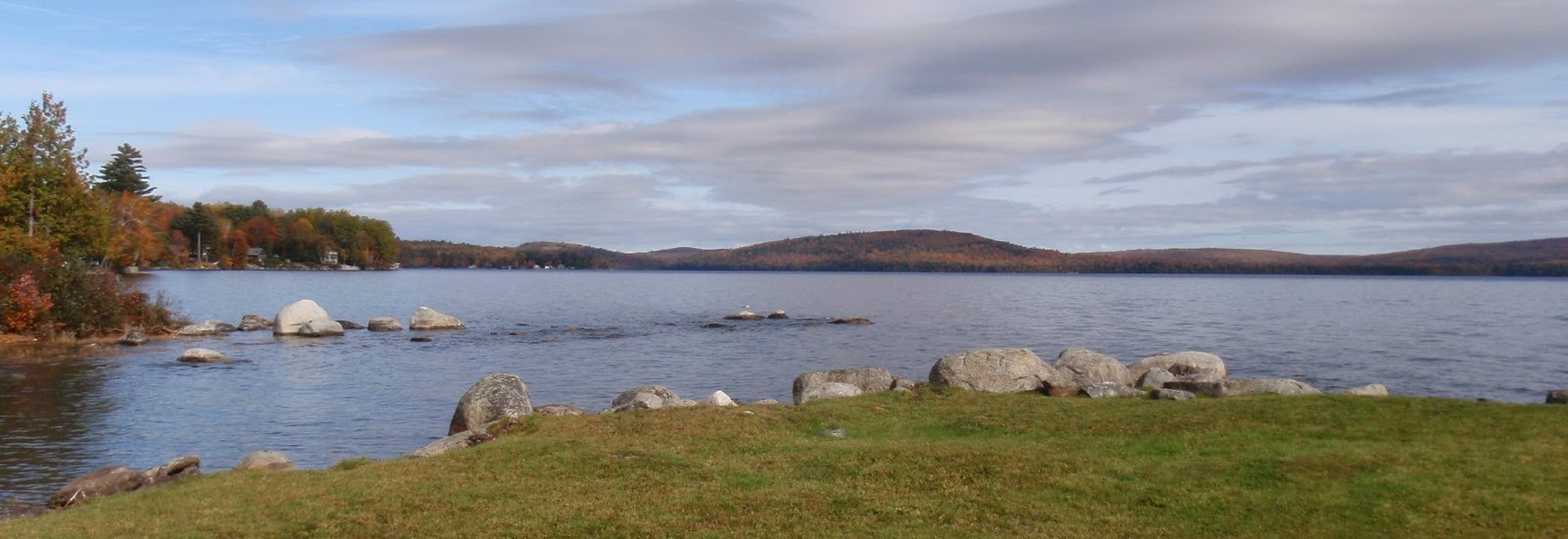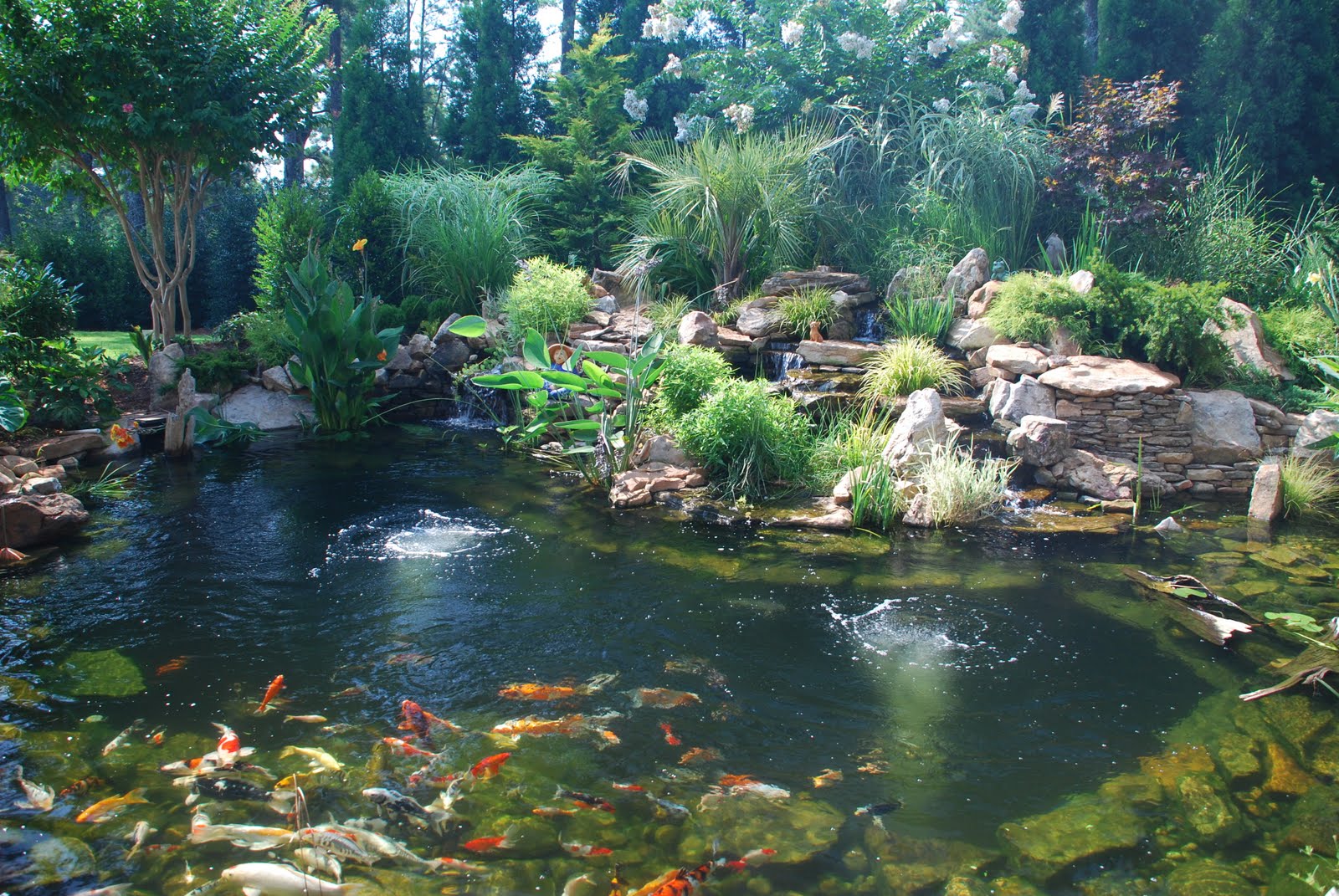
10 Tips for Maintaining a Beautiful Koi Pond in Cold Climates
Introduction
Koi ponds are a stunning addition to any garden, but they require proper care, especially in cold climates. Maintaining a healthy pond during the winter months can be a challenge, but it’s definitely worth the effort. Follow these ten tips for a beautiful and thriving koi pond in cold weather.
1. Prepare Your Pond for Winter
Start by preparing your pond for the winter months. Remove all debris and sludge at the bottom of the pond, trim back any plants, and cover your pond to prevent leaves and debris from falling in.

2. Provide Adequate Aeration
In cold weather, the oxygen level in your pond can decrease, which can harm your koi. To prevent this, provide adequate aeration in your pond with an air pump or a fountain. This will help maintain oxygen levels and keep your koi healthy.
3. Monitor Water Temperature
Invest in a water temperature monitor to keep track of the water temperature in your pond. Koi thrive in water between 65-75°F. If the temperature dips below this range, consider investing in a pond heater to keep the water warm.

4. Feed Your Koi Properly
During cold weather, your koi’s metabolism slows down, which means they require less food. Overfeeding your koi can be harmful to their health and can also lead to poor water quality in your pond. Feed your koi a high-quality food that’s specially formulated for cold weather, and only feed them what they can consume in five minutes.

5. Keep Your Filter Running
Your filter helps to maintain water quality in your pond, so it’s essential to keep it running even in cold weather. A clogged filter can contribute to poor water quality, making it difficult for your koi to survive. Make sure to clean your filter regularly and replace any worn-out parts.
6. Remove Ice from the Surface
Ice can form on the surface of your pond in cold weather, which can prevent oxygen from entering your pond. Use a small heater or a floating de-icer to keep a hole in the ice. This will allow oxygen to enter your pond and help your koi thrive.
7. Insulate Your Pipes
Pipes that lead to and from your pond can freeze in cold weather, which can damage your pump and filter. Insulate your pipes with foam insulation to prevent them from freezing. You can also run your pump continuously to keep water flowing through the pipes.

8. Don’t Overcrowd Your Pond
Overcrowding your pond can lead to poor water quality, especially in cold weather. Make sure you have enough space for your koi to swim and grow. As a general rule, you should have no more than one koi per 250 gallons of water.

9. Maintain Water Quality
Cold weather can make it more difficult to maintain water quality in your pond. Test your water regularly for pH, ammonia, nitrite, and nitrate levels to ensure they’re within the appropriate range for your koi. If necessary, perform partial water changes to improve water quality.

10. Observe Your Koi
Observe your koi regularly for any signs of stress or illness. During cold weather, koi can become more susceptible to certain illnesses, so it’s essential to catch any problems early. Look for signs of lethargy, loss of appetite, or abnormal swimming behavior, and consult with a professional if necessary.

Conclusion
A beautiful and healthy koi pond in cold weather is achievable with proper care and maintenance. By following these ten tips, you can help your koi thrive and enjoy the stunning water feature in your garden all year round.